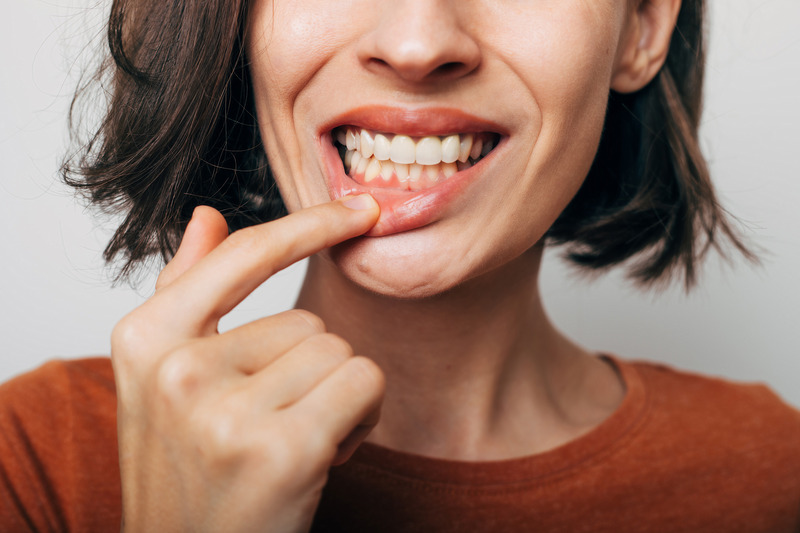
Have you ever noticed that your once-straight teeth seem to move over time? It can seem like one day you look in the mirror and suddenly you’ve got a few crooked spots in your smile. Despite how strange this may appear, it’s actually a natural process. Teeth can shift for a variety of reasons, even after orthodontic treatments or years of having a perfect smile. But why does this happen? Continue reading to learn about why your teeth shift and how orthodontics can keep your smile in line.
Aging and Jaw Changes
As you age, your body goes through multiple changes. This doesn’t just apply to your muscles and joints, but also your bones—including your jaw. Aging can slow down the processes that help you absorb nutrients. Over time this can make your bones weaker. As your jawbone loses density and size, your teeth might gradually shift closer together, a phenomenon known as “mesial drift.” This is a natural part of aging and is one of the most common causes of teeth shifting in adults.
Tooth Loss
You don’t have to be a senior to experience shifting teeth! At any age, when a tooth is lost and not replaced, the surrounding teeth can start to drift into the empty space. This is because teeth naturally rely on each other for support. Without a neighboring tooth to hold their position, the remaining ones may shift out of alignment. This is why tooth replacements like dentures, bridges, or dental implants are so important to prevent this from happening.
Not Wearing Your Retainer
After orthodontic treatments, wearing a retainer is critical for maintaining the results. Teeth have a natural tendency to move back to their original positions after braces or aligners are removed. So, skipping the retainer, even occasionally, can allow them to shift over time and reset your progress.
Gum Disease
Periodontal (gum) disease affects the soft tissues and bones that support your teeth. So, as the infection progresses, it can weaken your gums and bone, allowing teeth to become loose and shift. Regular dental checkups and good oral hygiene can help prevent gum disease and keep your teeth more stable.
If you notice your teeth shifting, it’s important to talk with your orthodontist. Following their guidance and keeping up with good oral habits will help keep your smile in place. By staying vigilant and seeking orthodontic treatments for underlying issues, you can prevent further movement and keep your smile looking its best!
About the Author
Dr. Payam Ishani is a dedicated orthodontist with a dental doctorate from the University of California, San Francisco School of Dentistry. Ever since, he has immersed himself in his training, continuing to expand his skills to better serve his patients with customized and effective orthodontic solutions like braces and clear aligners. Call (405) 254-5094 to schedule a consultation at Casady Square Orthodontics or visit our website to explore a full menu of services we offer.
